In 1950, 5-year-old Meir Huberman came to Israel as a holocaust survivor, now nearly sixty years later, renamed Dagan and toughened by almost a half-century defending the Jewish state, that son of Russian refugees heads one of the world’s most fearsome secret services: the Mossad. Evidence is mounting that Dagan has restored the Mossad’s reputation, after a long period of mismanagement and costly failures. According to unconfirmed sources, since Dagan was made spymaster in 2002 by his old army mentor, then Prime Minister Ariel Sharon, several Arab arch- terrorists have died mysteriously in foreign operations widely attributed to Mossad.
A retired general of compact build and few words, the pipe-smoking Dagan has stayed in the shadows, but he seems to lead his agency no doubt, with an iron grip.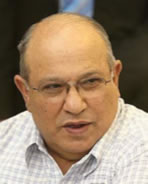
In Fact under his leadership, Meir Dagan’s Mossad has undergone a revolution in terms of organization, intelligence and operations. Over the past two years, unofficial reports indicated, the Mossad having foiled three major Islamist attacks intended against Israeli targets in Africa, and another in Thailand.
Not everything went smooth, though. A few years ago, two Israelis were caught in Auckland trying to obtain a New Zealand passport by assuming the identity of a bedridden local man. They pleaded guilty and spent several months in jail. All-too reminiscent was Mossad’s botched 1997 attempt on the life of Hamas top man Khaled Meshaal in Amman, to which Ephraim Halevy owed his promotion having forced the resignation of then-Mossad director Major General Danny Yatom.
The Israeli media is normally extremely browbeat, if not even coy, in describing activities of Mossad’s secrets. Quite surprising then, was an interesting article published by the daily Haaretz newspaper on the Jewish New Year eve, which sheds some light on Meir Dagan’s clandestine activities. Here are some of the highlights of this quite rare revelation.
Olmert’s entry into power was Dagan’s big chance. Olmert did not have the military background of his predecessor, so that Dagan’s expertise could clearly come to the fore. Over the past two years Dagan has become the most important security official close to the prime minister. Olmert and his ministers are very much perturbed by developments in Iran and Meir Dagan’s presentations are highly commended by all concerned.
His evaluations on the Second Lebanon War and the Mossad’s cumulative achievements vis-a-vis Iran, Syria and Hezbollah have strengthened his status and led Olmert to approve more and more daring missions. But Dagan’s biggest step forward came as a result of his long Lebanon experience. The Winograd Committee that investigated the 2006 war cited his evaluations, which were far more accurate than the IDF’s.
During one of his last cabinet meeting, in which Olmert announced his resignation, he said: “I believe the processes the government of Israel has enacted under my leadership in various areas, those that can be told and those that cannot, will yet receive their proper place in the history of the State of Israel.”
While Olmert did not go into detail, analysts mention that over the past year, since September 2007 when the nuclear facility built by Syria was bombed; Hezbollah still attributes to Israel the assassination of a senior leader, Imad Mughniyeh in Damascus in February; the foreign press reported the blowing up of a chemical weapons factory in Syria, in which dozens of Iranian and Syrian technicians were killed; an Iranian Revolutionary Guards convoy delivering weapons to Hezbollah was blown up near Tehran. The Mysterious assassination of top Syrian adviser, Brigadier General Muhammad Suleiman in early August, directly connected to the nuclear issue. These events only added to the riddle, which surrounds Mossad’s alleged clandestine activities. In fact, no one has claimed responsibility for these actions, but the Arabs, at least, credit Dagan’s organization and whether right or wrong, it raises it’s prestige.
New year’s eve rumors in Tel Aviv mentioned news coming out of Damascus, that the nuclear reactor destroyed in Deir Al-Zour in the past year will be restored. Syria returned to the start of activity to build several new reactors. There were conflicting accounts in the Arab Media, about the identity of the senior officer who was killed in the bombing of the Al Qazzaz district in Damascus last week. Syrian sources said that among the dead was the Syrian army Brigadier General George Ibrahim al-Gharbi. Another report identified the slain officer as Brigadier General George Ibrahim Al-west, who was allegedly working in production management of the Syrian army. Finally, the dead man was believed to be Brigadier Abdul-Karim Abbas, Vice-Chairman of the Palestine Branch of Syrian intelligence. (Your choice- there is no official death certificate on any of these men!)
Quite surprisingly last June, prime Minister Olmert announced to the cabinet that Dagan’s tenure would be extended by another, seventh year, telling the ministers “there is no doubt that the work of the Mossad has taken off” thanks to Dagan.
Dagan’s main task is, however, to point his agency’s activities primarily to Iran’s nuclear ambitions. Gaining insider access to vital intelligence from reliable sources is a major operation, which requires top expertise and experience second to none.
In the last year of Sharon’s term, the defense establishment presented a list of necessary equipment and organizational aspects to confront the Iranian threat. This included sophisticated deterrents and protection of sensitive facilities, with huge price tags. “Forget it,” Dagan reportedly said. “Let me deal with Iran my way. I promise to give you deterrents in time.”
Although there is only scant reliable information available to the professional media, Dagan’s Mossad seems to have gained some success in attempting to delay Mahmoud Ahmadinejad’s nuclear project.
Over the past year a number of reports over malfunctions have emerged regarding the Iranian nuclear project. Among them: An Iranian general who defected, Ali-Reza Asgari, had been involved in leading his country’s contacts with Hezbollah; an Iranian dealer in sophisticated communications equipment was charged with spying for Israel and sentenced to death; his sons, engineers who helped build the Iranian centrifuges, were fielded as double agents for the CIA. It is still not clear who killed Ardeshire Hassanpour, 44, a leading Iranian nuclear physicist in February 2007, the local Fars news agency, reported that the man was “suffocated by fumes from a faulty gas fire in sleep.” Only last February, a mysterious explosion rocked Tabriz, in which one of Iran’s top secret nuclear research facilities are located. Equally mysterious are reports, which indicate serious accidents in various production plants around the country, which remain unexplained.
Some of those who warn most vociferously against the Iranian threat are full of praise for Dagan. Minister Benjamin Ben-Eliezer, who recommended Dagan’s appointment to Sharon, said he restored the Mossad to being “Israel’s long operational arm, with the ability to go anywhere and do anything it wanted.” CIA chief Michael Hayden had warm words for the role played by an unnamed foreign intelligence agency that he said initially identified a structure at Al-Kibar as a nuclear reactor similar to one in North Korea. He likened the cooperation to “working together on a complex equation over a long period.
Dagan is now at the peak of his power. Premier-designate Tzipi Livni, a former junior officer in the Mossad, receives continual updates from him as foreign minister. But she has no experience of approving special operations. It will be interesting to see if she continues the line of approving Dagan’s daring operations, or will step back and sleep on things before making her decisions.


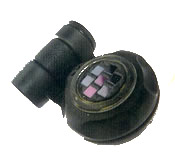


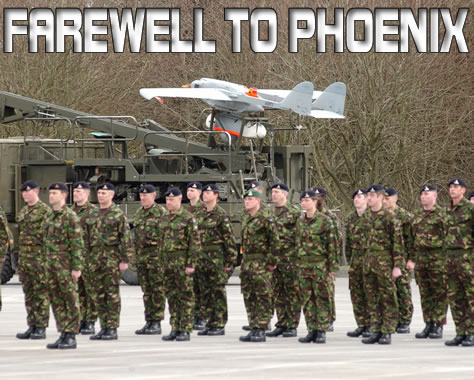







 Meteor will be operated on Typhoon, Rafale and Gripen aircraft, with the air forces of France, Germany, Italy, Spain, Sweden and the UK. According to MBDA, Meteor has three to six times the kinematic performance of current air/air missiles of its type. The key to Meteor’s outstanding performance is throttleable ducted rocket (ramjet). Designed in Germany by Bayern Chemie, this new propulsion system allows the missile to maintain a very high speed all the way to the target, giving increased stand-off and disengagement ranges and better ability to chase and destroy highly agile maneuvering targets. Other key features of the missile include stealthy launch, and robust performance against countermeasures.
Meteor will be operated on Typhoon, Rafale and Gripen aircraft, with the air forces of France, Germany, Italy, Spain, Sweden and the UK. According to MBDA, Meteor has three to six times the kinematic performance of current air/air missiles of its type. The key to Meteor’s outstanding performance is throttleable ducted rocket (ramjet). Designed in Germany by Bayern Chemie, this new propulsion system allows the missile to maintain a very high speed all the way to the target, giving increased stand-off and disengagement ranges and better ability to chase and destroy highly agile maneuvering targets. Other key features of the missile include stealthy launch, and robust performance against countermeasures.

 Initial Trials Verify Basic Submarine Performance
Initial Trials Verify Basic Submarine Performance

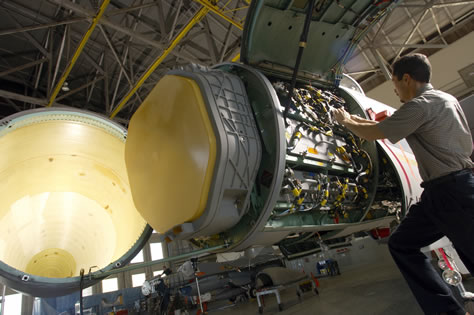
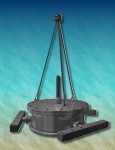
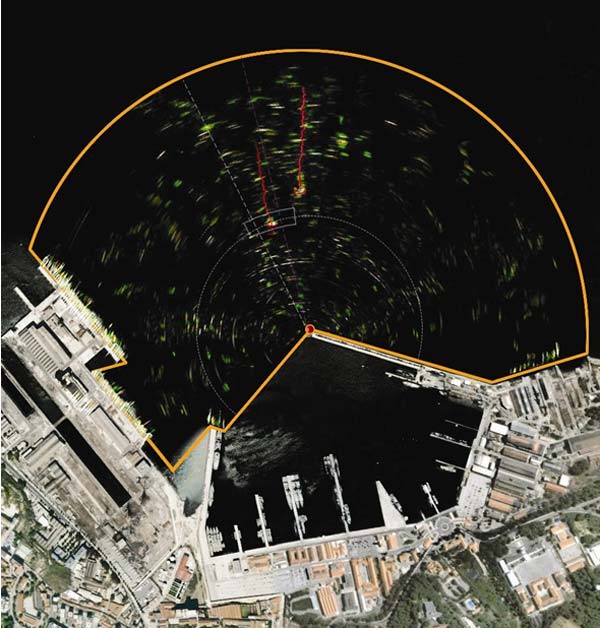
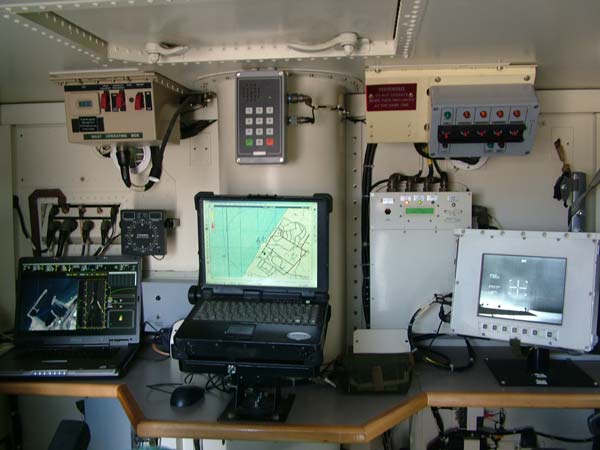


 Nevertheless, there are counter critics in the ongoing debate as well. One of them is Yingling’s brother officer, an
Nevertheless, there are counter critics in the ongoing debate as well. One of them is Yingling’s brother officer, an











